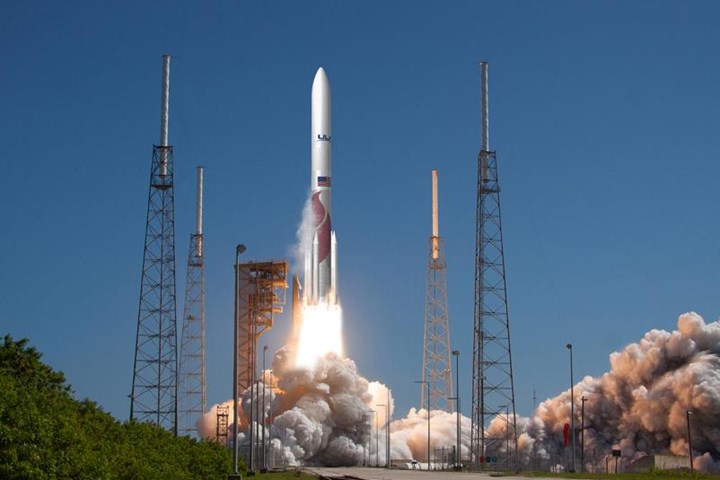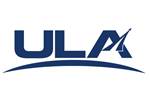Aerojet Rocketdyne to provide ULA Vulcan Centuar launch vehicle's key propulsion
The company will supply its two RL10 rocket engines to power the vehicle’s upper stage, thrusters and composite overwrapped pressure vessels.

Source | Aerojet Rocketdyne
Aerojet Rocketdyne (Sacramento, Calif., U.S.) reported on August 7 that, in accordance to the United Launch Alliance (ULA; Centennial, Colo., U.S.) being selected by the U.S. Air Force as one of two launch service providers under the National Security Space Launch Phase 2 Launch Services Procurement (LSP), it will be providing two RL10 rocket engines to power the upper stage of ULA’s Vulcan Centaur launch vehicle. The company will also be supplying the thrusters that control the stage while in flight and the composite overwrapped pressure vessels that store gases required for operation of the launch vehicle.
“Aerojet Rocketdyne congratulates ULA on its selection and we look forward to providing our RL10 engine on the Vulcan,” says Eileen P. Drake, Aerojet Rocketdyne CEO and president. “Aerojet Rocketdyne has supported the nation’s most important national security space missions for decades. We will now bring the RL10 engine’s record of mission success to support the next generation of American National Security Space Launch missions.
Under the LSP contract, ULA will support approximately 60% of missions starting in 2022 and continuing through the next five years.
Aerojet Rocketdyne says its RL10 engine’s outstanding performance and reliability has made it the upper-stage engine of choice for the nation. Built in West Palm Beach, Florida, the RL10 engine is currently used to power the upper stages of ULA’s Delta IV and Atlas V rockets, and has supported earlier versions of those vehicles dating back to the early 1960s.
The company also notes that the RL10 engine has provided the upper-stage propulsion to place hundreds of military, civil and commercial satellites into orbit and has sent spacecraft on their journeys to explore the solar system. The RL10 engine has been continuously upgraded throughout its service life with recent efforts focused on incorporating additive manufacturing to enhance affordability while maintaining its unequaled performance.
“With 500 engines flown in space, the RL10 has an unmatched reputation worldwide,” adds Drake. “We look forward to continuing our strong partnership with ULA as we provide an advanced RL10 engine for Vulcan.”
The Vulcan Centaur’s upper stage will also include 12 Aerojet Rocketdyne MR-107 thrusters, built in Redmond, Washington, that are used to control vehicle orientation and trajectory during the latter stages of the launch sequence. ARDÉ (Carlstadt, New Jersey, U.S.) a subsidiary of Aerojet Rocketdyne, will also build the composite overwrapped pressure vessels that support operation of the launch vehicle.
Related Content
-
The potential for thermoplastic composite nacelles
Collins Aerospace draws on global team, decades of experience to demonstrate large, curved AFP and welded structures for the next generation of aircraft.
-
Welding is not bonding
Discussion of the issues in our understanding of thermoplastic composite welded structures and certification of the latest materials and welding technologies for future airframes.
-
Cryo-compressed hydrogen, the best solution for storage and refueling stations?
Cryomotive’s CRYOGAS solution claims the highest storage density, lowest refueling cost and widest operating range without H2 losses while using one-fifth the carbon fiber required in compressed gas tanks.















